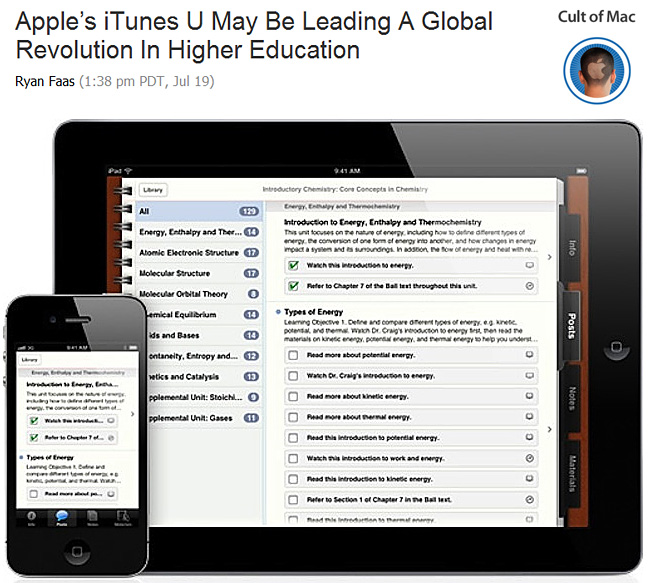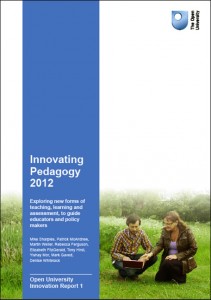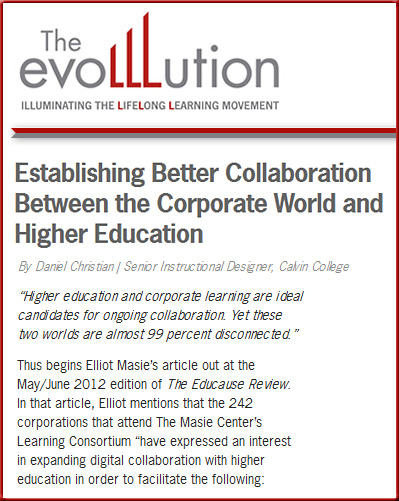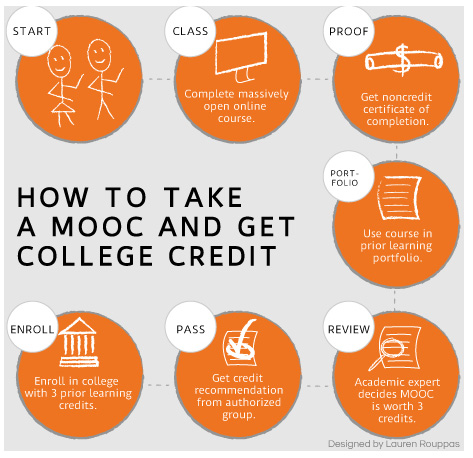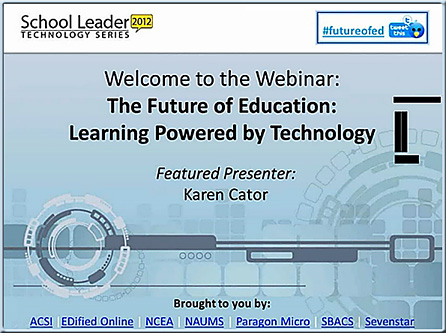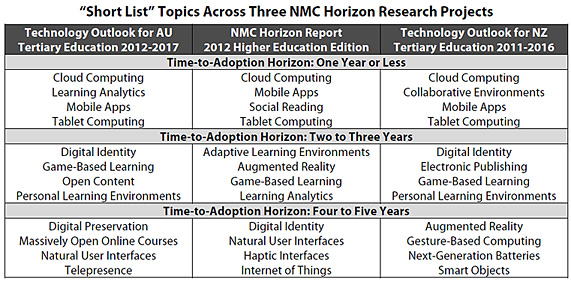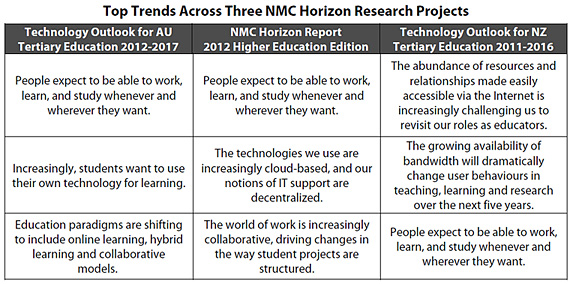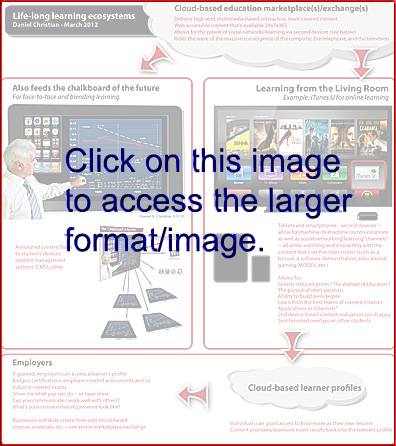What you need to know about MOOC’s — from The Chronicle
Excerpt:
Call it the year of the mega-class.
Colleges and professors have rushed to try a new form of online teaching known as MOOC’s—short for “massive open online courses.” The courses raise questions about the future of teaching, the value of a degree, and the effect technology will have on how colleges operate. Struggling to make sense of it all? On this page you’ll find highlights from The Chronicle‘s coverage of MOOC’s.
.
MOOCs are really a platform — from George Siemens
Excerpt:
MOOCs, regardless of underlying ideology, are essentially a platform. Numerous opportunities exist for the development of an ecosystem for specialized functionality in the same way that Facebook, iTunes, and Twitter created an ecosystem for app innovation. I don’t know if MOOCs will be transformative in higher education. I’m not sure that they’ll be half as disruptive as some claim. They are, however, significant in that they are a large public experiment exploring the impact of the internet on education. Even if the current generation of MOOCs spectacularly crash and fade into oblivion, the legacy of top tier university research and growing public awareness of online learning will be dramatic.
.
More on Massive Open Online Courses — from George Siemens
Excerpt:
I presented to the EDUCAUSE NGLC Summer Learning series today on massive open online courses (MOOCs). It was one of the more active presentations I’ve been involved with in a while – the discussions were intense. I should have bailed on my slides (below) and just chatted with attendees. The recording is now available here.
.
25 tips to make the most of a MOOC — from onlinecollege.org
Excerpt:
Massive online open courses (also known as MOOCs) are quite popular these days. A huge, or massive, version of open online courses, these classes bring thousands together, often around the world, to learn simultaneously. Discussions, connections, and learning are the focus on MOOCs, but with the low level of commitment and their overwhelming nature, it’s easy to get disconnected. Read on, and we’ll share 25 ways to stay in the loop, on task, and get the most out of your MOOC experience.
Excerpt:
MIT OpenCourseware, OpenStudy, Peer to Peer University, and Codecademy are teaming up to launch a “Mechanical MOOC” today – a free and open introductory course in the programming language Python that weaves together existing resources (content, Web-based study groups, quizzes and so on).
Unlike some of the other MOOCs that have launched in recent months – particularly those headline-grabbing efforts from Stanford (and Coursera and Udacity) – this “Mechanical MOOC” will not force learners into a centralized website that recreates the LMS, where all the official lessons, lectures, discussions and assignments take place. Instead, the content is linked and distributed via an email list managed by P2PU.
.
Massive Open Online Learning: Creativity and Competency — from evolllution.com by Deborah Cooke
Excerpt:
In comes, Coursera’s “Computer Science 101” with Dr. Nick Parlante. Coursera is a consortium of many universities collaborating to increase the reach of free online education to the world on a variety of topics. Dr. Parlante, a guest lecturer at Stanford, provided a truly fantastic course in computer science. While we learned the elements of JavaScript, networking, computer security, if logic, loops, variables, tables, digital images, storage, and software, it was all done in a very non-threatening way. One of the most useful things I learned in this class was that the very best programmers in the world make mistakes all day long in their code writing. Instead of calling them mistakes, they are called ‘bugs’. And they are fixed. That’s it.
MOOC: Massive Open Online Course — from evolllution.com
What Is A Massive Open Online Course (MOOC)?
Addendum on 8/14/12:
- #MOOCMOOC Reflection on different MOOCs — from suifaijohnmak.wordpress.com









![The-Living-Class-Room-Daniel-S-Christian---July-2012 The Living [Class] Room -- by Daniel Christian -- July 2012 -- a second device used in conjunction with a Smart/Connected TV](http://danielschristian.com/learning-ecosystems/wp-content/uploads/2012/07/The-Living-Class-Room-Daniel-S-Christian-July-2012.jpg)
